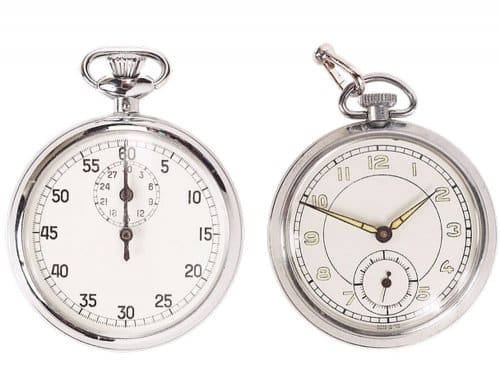Radiesse: the resurgence dermal filler
Radiesse is a sterile, cohesive dermal implant that corrects deep facial folds and wrinkles, hands, and HIV-associated lipoatrophy. It is a unique injectable dermal filler that contains smooth calcium hydroxylapatite (CaHA) microspheres of 2545 microns suspended in a sodium carboxymethyl cellulose gel carrier. It provides immediate volume replacement and long-lasting collagen biostimulation.
Generally, the dermal layer consists of fibrous protein collagen and elastin that helps to withstand tissue stretching. The collagen layer is produced by fibroblasts and are available in almost all parts of the body. As the aging process advances, collagen and elastin are broken down by matrix metalloproteinase (MMP) enzymes. Constant exposure to UV radiation further accelerates the activation of these enzymes, leading to photodamaged skin. The collagen composition becomes clumped and disorganized. The gradual loss of fatty cells in the skin also creates a hollow, sagging complexion that highlights the folds near the mouth.
Injecting the CaHA microspheres into the deep dermis layer can help to restore the condition of the photodamaged or aging skin. The sodium carboxymethyl cellulose suspension increases the volume of the area to make the skin appear plump. Inside the extracellular matrix, the particles mimic the surrounding environment by stimulating the fibroblastic growth and collagen production. They also assemble to form a sturdy scaffold that supports the new fibrous tissues. This creates a volume enhancement system that continuously develops new collagen even after the CaHA disintegrates.
Impressive biocompatibility and endurance in the body
The advantage of Radiesse is its high biocompatibility. The calcium composition found within the gel is similar to the calcium found in human bones and teeth. Therefore, it does not provoke any strong reactions from the body. The deposited CaHA gradually metabolizes into calcium and phosphate ions after 23 months of suspension in the extracellular matrix. These ions are resorbed into the body. In return, the newly produced collagen will replace these molecules and sustain the original mold of the CaHA network. This natural response eventually promotes a newfound volume and elasticity in the skin that can last over an extended amount of time.
On average, the results of administering Radiesse can last up to 12 months. Some individuals even reported that the outcome is observable up to 24 months post-injection. To achieve this long period of time, patients are advised to have a touch-up injection in the 12th month to prevent progressive tapering within 1218 months post-procedure. For the touch-up injection, the amount injected can be half of the volume injected in the first treatment.
Applying Radiesse on face and hands
Each Radiesse syringe contains 0.8 or 1.5ml of the colorless, sterile, and cohesive gel. Various indications for the gel include moderate to severe nasolabial folds, deep furrows or glabellar lines, sunken skin due to HIV-associated lipoatrophy, and treating the back of hands.
The gel can be delivered into the subdermal (subcutaneous) layer using a 27G or 25G needle. For the injection, the practitioner may use linear threading, fanning, cross-hatching, serial puncture, or a combination of any injection techniques that may be appropriate for the patient’s needs.
In 2009, the FDA approved the preparation of mixing Radiesse with 0.3% lidocaine. The numbing effect of the analgesic can make the experience more pleasant for the patients, as it alleviates the burning sensation of the injection. So, Radiesse is available with or without lidocaine.
Safety considerations
In the last 10 years, Radiesse has been one of the top biodegradable dermal filler choices in most clinics. This is because of its high biocompatibility that promises efficacy with low risk of adverse developments. However, Radiesse can, like other modern cosmetic fillers, cause some potential side effects. These include various short-term reactions, such as bruising, redness, and tenderness. Side effects from facial treatments have the advantage of resolving within seven days, but side effects of treatment on the dorsum of the hands, however, can take up to 14 days to resolve. To reduce the intensity of the swelling, apply ice packs on the injection site as a precaution.
As with most dermal fillers available on the market, there are rare but reported incidences of foreign body reactions, such as nodule formation due to accumulated particles. Many of these cases occur due to error in the injection technique, such as the use of intradermal or superficial dermal injections.
As a general rule of practice, the practitioner must be careful when positioning the needle to avoid becoming in contact with any blood vessels. Intra-vascular injections on accident may cause an occlusion of the vessels, ischemia, embolization, or infarction. Serious adverse effects such as those including vision impairment, stroke, necrosis of skin, and unusual pain throughout and after the procedure all require prompt medical attention.
Summary
The high tolerability, efficacy, and durability of the CaHA composition in Radiesse contributes to this dermal filler’s worldwide popularity. It is an attractive solution to correcting deep folds, wrinkles, and volume loss caused by aging. The US Food and Drug Administration approval of the use of Radiesse on the back of hand also encourages patients to seek for this treatment.





















